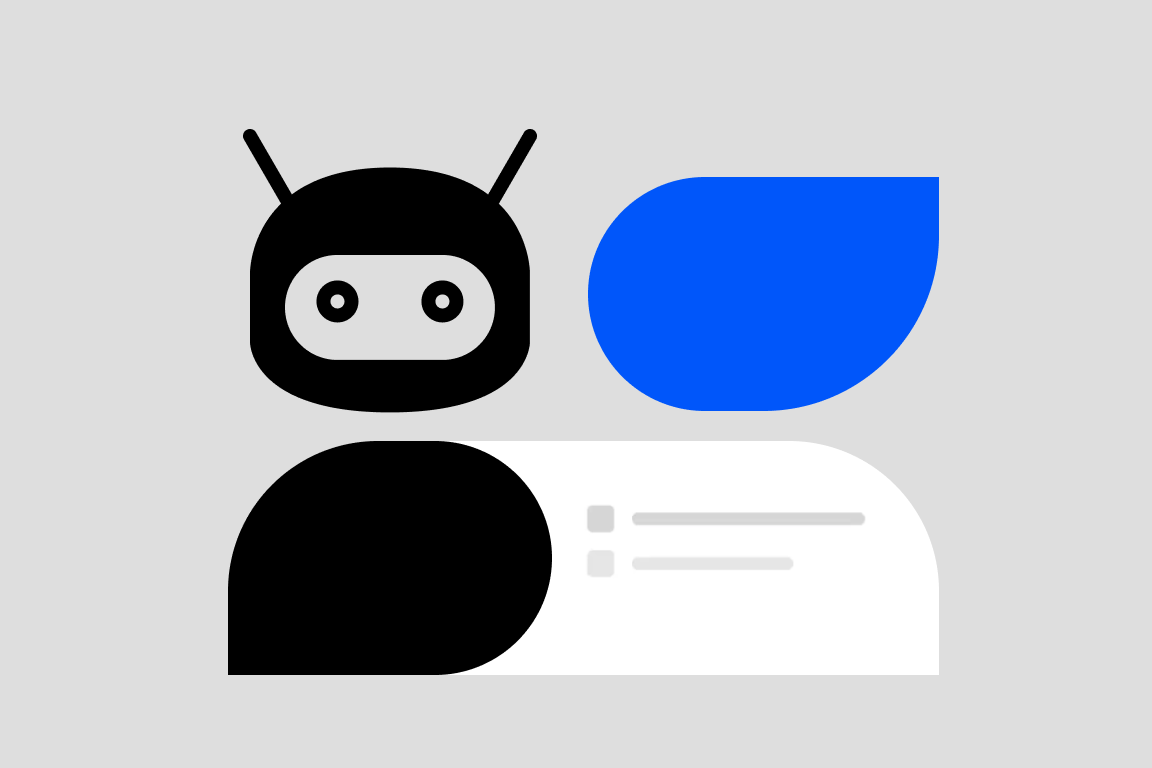Artificial Intelligence (AI) is transforming various industries, and User Experience (UX) design is no exception. The integration of AI in UX design is creating more efficient, personalized, and accessible digital experiences. This blog post explores how AI is revolutionizing UX by leveraging advanced technologies like GPT-4o and other AI services to enhance the design process and improve user interactions.
Enhanced Personalization
One of the most significant impacts of AI on UX is the ability to deliver highly personalized experiences. AI algorithms analyze user data to understand individual preferences, behaviors, and needs. This data-driven approach enables the creation of interfaces that adapt to each user, providing a tailored experience that increases engagement and satisfaction. For instance, AI can recommend content based on a user’s previous interactions, making the experience more relevant and enjoyable.
Automation and Efficiency
AI automates many routine tasks in the UX design process, significantly improving efficiency. Tasks such as data analysis, wireframing, and prototyping, which traditionally require substantial manual effort, can now be automated. This allows designers to focus on more creative and strategic aspects of their work. For example, AI-powered tools can conduct usability tests and analyze feedback in real-time, quickly identifying issues and suggesting improvements.
Improved Accessibility
AI is making digital products more accessible to users with disabilities. AI technologies can analyze and optimize interfaces for accessibility, ensuring that products are usable by a broader audience. Voice-controlled interfaces, gesture-based navigation, and other AI-driven accessibility features help create inclusive user experiences. For instance, AI can provide real-time captions or translate text to speech, making content accessible to visually or hearing-impaired users.
Combatting “Blank-Page” Paralysis
In the early stages of the design process, AI can help overcome “blank-page” paralysis by generating ideas and providing inspiration. AI analyzes existing data and trends to offer suggestions, helping designers quickly iterate and refine their concepts. This accelerates the ideation phase and leads to more innovative and effective designs. For example, AI tools can generate initial design layouts or color schemes based on user preferences and industry best practices.
Real-Time Insights and Continuous Research
AI enables continuous and real-time UX research, providing designers with up-to-date insights into user behavior and preferences. This allows for more agile and responsive design iterations, ensuring that products remain relevant and user-friendly in a rapidly changing digital landscape. AI-powered research tools can analyze user interactions and feedback, identifying patterns and trends that inform design decisions.
Innovative Interaction Modes
AI is paving the way for new types of user interactions. Natural language processing (NLP) enables more intuitive communication with digital devices, while advanced visualization techniques like augmented reality (AR) and virtual reality (VR) offer richer, more engaging experiences. For example, GPT-4o, a multimodal AI model, can understand and respond to both text and image inputs, creating more seamless and interactive user experiences.
Examples of AI in UX
GPT-4o by OpenAI
GPT-4o, the latest advancement from OpenAI, is a powerful example of how AI can revolutionize UX. This model integrates text and image inputs, allowing for more nuanced and responsive interactions. It enhances personalization, automates routine tasks, and provides real-time insights, significantly improving the overall user experience.
AI Services in Azure OpenAI
Azure OpenAI services offer a range of AI capabilities, including text-to-speech, vision, and continuous fine-tuning, which can be leveraged to improve UX. These services enable the creation of more accessible, personalized, and efficient digital experiences, demonstrating the practical benefits of AI integration in UX design.
Conclusion
AI is undeniably transforming the field of UX design. By enhancing personalization, automating routine tasks, improving accessibility, and fostering continuous innovation, AI is enabling designers to create more user-centric digital experiences. As AI technologies continue to evolve, their integration into UX design will lead to even more sophisticated and impactful user experiences.
References
- InfoQ. (2023). OpenAI Announces GPT-4, Their Next Generation GPT Model.
- Azure AI Services. (2023). What’s new in Azure OpenAI Service?.
- VentureBeat. (2024). AI News.
- Making Sense Blog. (2024). How AI is revolutionizing the UX world.
- Adam Fard. (2024). AI-Powered UX Research: Ultimate Guide To Future Trends.
- UX Magazine. (2024). The Future of UX Design: How AI and Machine Learning Are Changing the Way We Design.
- UX Matters. (2024). The AI Advantage: How UX Designers Can Transform Challenges into Opportunities.

